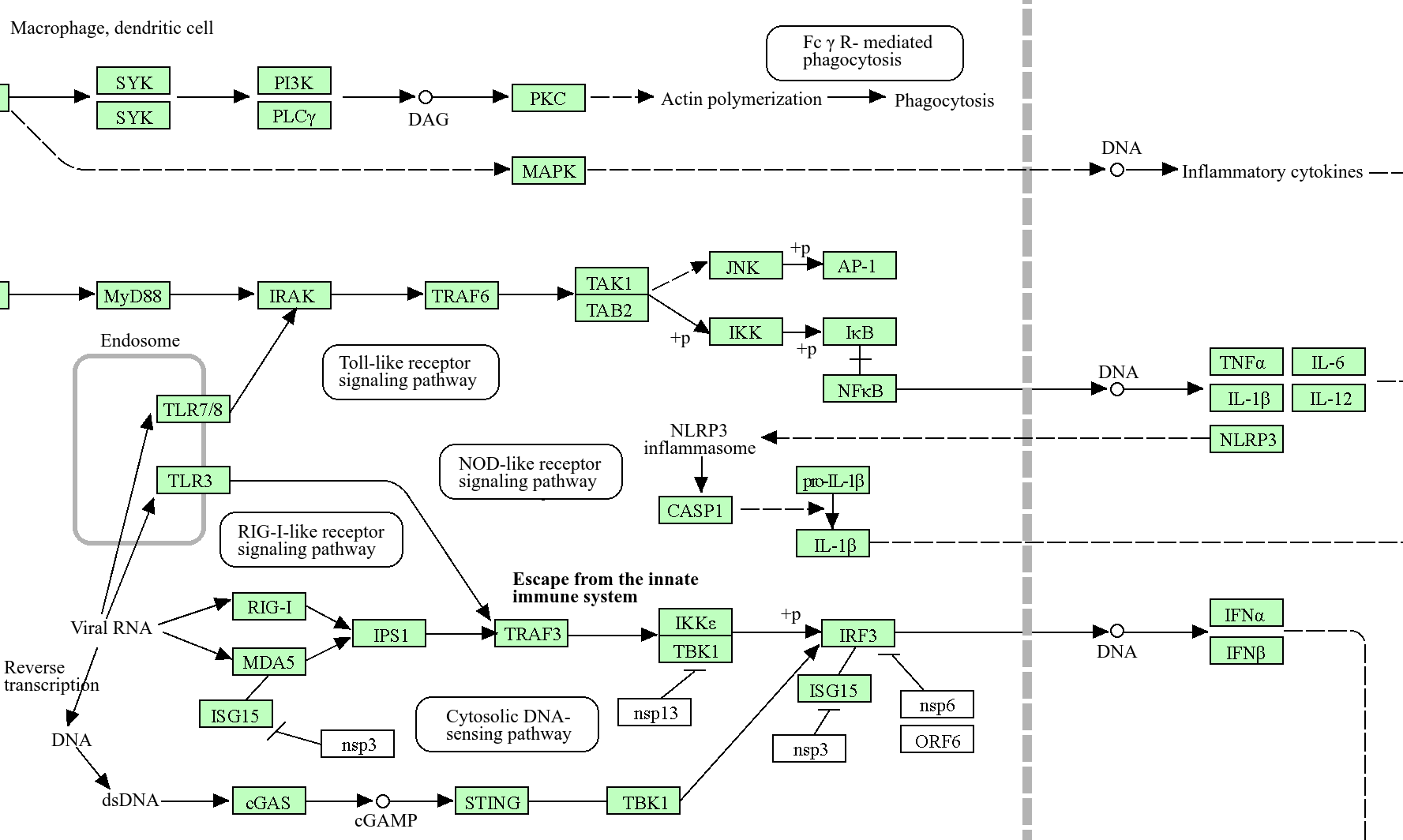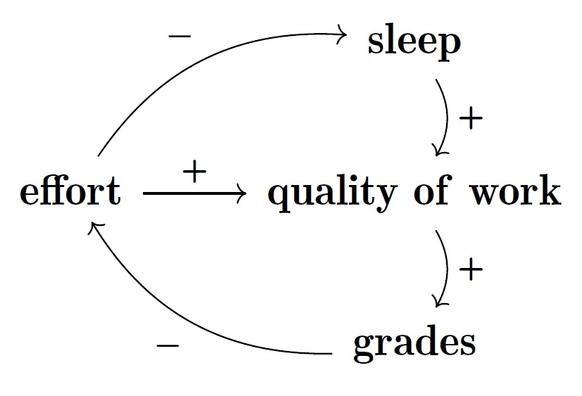Теодор Златанов / Ted Zlatanov
@tzz@infosec.exchange
- 73 Followers
- 200 Following
- 981 Posts
Then they came for the sarcastic people and I was like oh great that's exactly what we need right now well done to all concerned.
“In the past two years, however, with surprisingly little notice, renewable energy has suddenly become the obvious, mainstream, cost-efficient choice around the world.”
“It took from the invention of the photovoltaic solar cell, in 1954, until 2022 for the world to install a terawatt of solar power; the second terawatt came just two years later, and the third will arrive either later this year or early next.”
TIL: Ever wanted to compress data or use cryptographic algorithms but you don't want to link to C libraries or you're just plain lazy?
The Linux kernel has you covered! Create a socket of type AF_ALG, bind to your favorite algorithm, send() in your data and recv() it back!
This seems to support deflate, SHA, RSA and some more on ppc64le and additionally even zstd, chacha, lzo, hmac and more on ARM!
https://www.kernel.org/doc/html/latest/crypto/userspace-if.html
@zachweinersmith.bsky.social 💬 "C'est simplement la sélection naturelle, parbleu!"
Probably my favorite hidden feature in 80’s and 90’s PC games was a “boss” key you’d press to pause the game and bring up a fake spreadsheet. Because of course you would play them at work, not at home. https://en.wikipedia.org/wiki/Boss_key
Season one of #murderbot was amazing
max (of okcupid, keybase, sparknotes) is doing it again, he's wild for this one https://blog.foks.pub/posts/introducing/
The Four Horsemen of The Naming Soup Apocalypse are now complete.
(Spoiler: the fourth one is real - see thread)
*Edit: forgot an important Fifth Horseman, mentioned in the comments:
This is all very efficient to secure services, but it's also a bit opaque: since it's the daemon you sandbox, and your admin tools are outside of that sandbox it's sometimes hard to analyze how the daemon sees things.
No more. With v258 there's a new verb "unit-shell" in systemd-analyze. You specify a service name, and it opens you a shell inside that specified services' sandbox (which must be running for this). You can look around and check if everything is like you expected it to be.
Literally every criticism of systemd I hear is just a variation on "I had to learn a new way of doing a thing that's different from how I've been doing it since the 70s, therefore Lennart is the Antichrist."
https://mastodonapp.uk/users/ljs/statuses/114822977834580322






